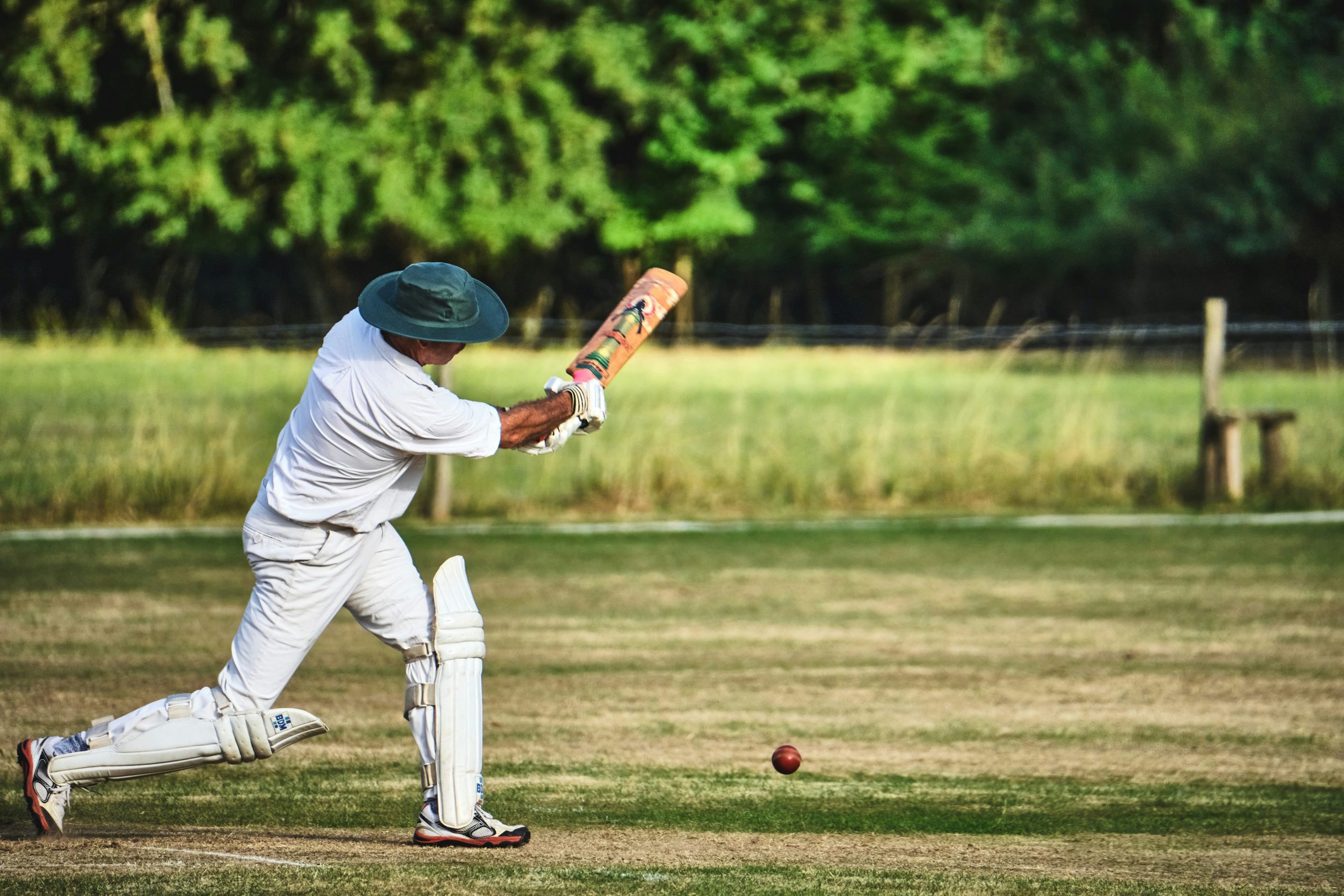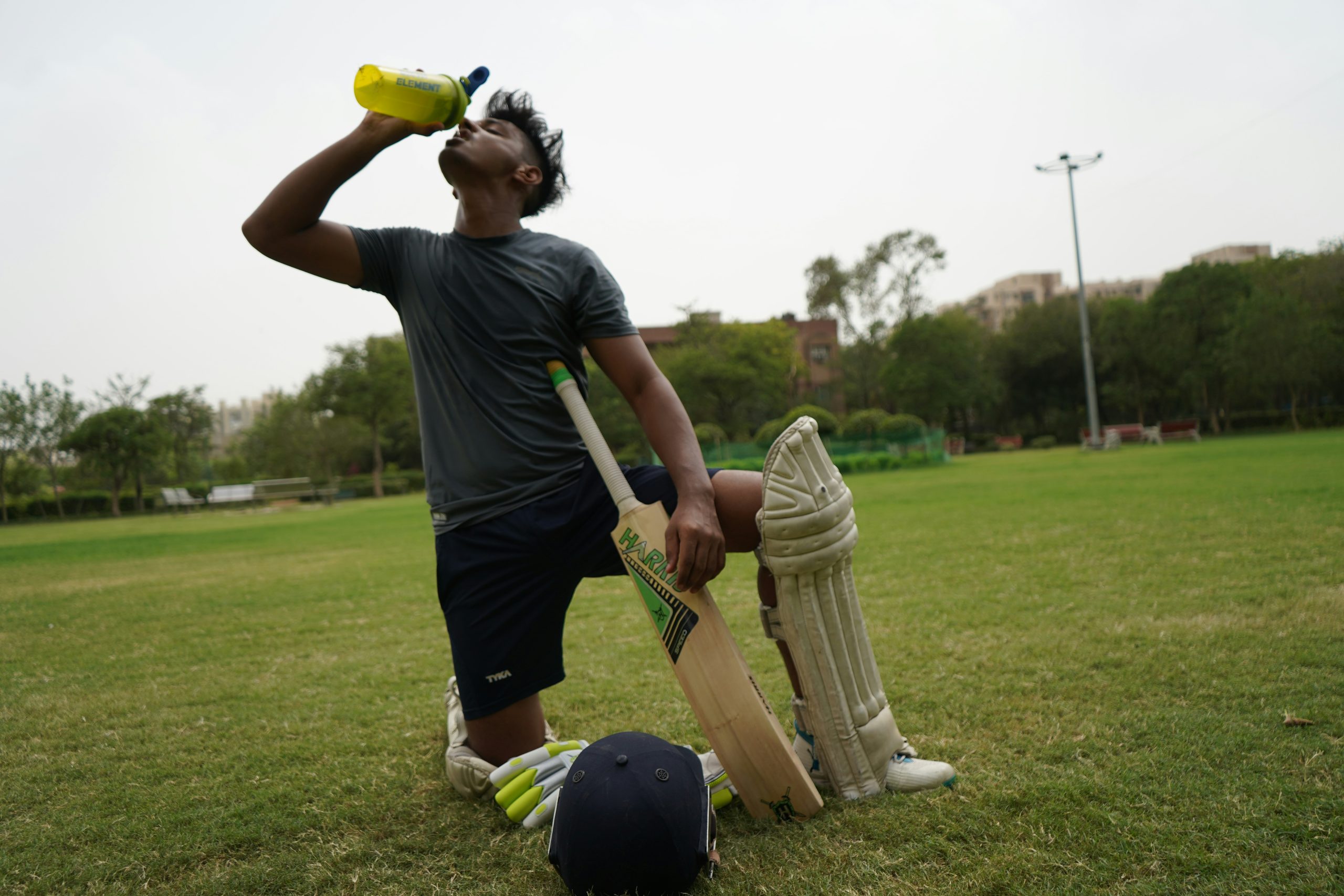
Building Inclusive Sports Communities
Sports have the power to bring people together, transcending barriers of age, gender, ability, and background. Building inclusive sports communities is not just about accessibility; it’s about fostering environments where everyone feels valued, respected, and empowered to participate. Whether you’re organizing local sports events or managing a national league, creating inclusivity should be a core objective. Heres how you can achieve this:
1. Promoting Accessibility
Accessibility is fundamental to inclusivity in sports. This includes physical accessibility of facilities and equipment, as well as financial accessibility. Ensure that facilities are ADA compliant, provide adaptive equipment where needed, and offer financial aid or scholarships to lower-income participants.
- Example: The Special Olympics provides year-round sports training and athletic competition for children and adults with intellectual disabilities, promoting inclusion through sport.
2. Celebrating Diversity
Embrace diversity in all its forms within your sports community. Celebrate different cultures, languages, and traditions. Encourage teams and players to share their unique backgrounds and stories, fostering an environment where diversity is seen as a strength.
- Example: Major League Soccers Diversity, Equity & Inclusion program focuses on creating a diverse and inclusive culture both on and off the field.
3. Educating Participants
Educate coaches, officials, and players about the importance of inclusivity and how to create welcoming environments. Offer training on diversity awareness, cultural competency, and disability etiquette to improve understanding and reduce discrimination.
- Example: The UK Coaching organization provides resources and workshops on inclusive coaching practices, helping coaches adapt their techniques to support diverse athletes.
4. Providing Role Models
Highlight and promote diverse role models within your sports community. Showcase athletes, coaches, and leaders from different backgrounds who inspire others and embody the values of inclusivity.
- Example: The WNBAs Her Time to Play initiative encourages young girls from underrepresented groups to participate in basketball by providing them with female role models and mentors.
5. Creating Safe Spaces
Ensure that your sports environment is safe and welcoming for all participants. Implement policies and procedures to prevent harassment, bullying, and discrimination. Encourage open communication and provide channels for reporting incidents.
- Example: The You Can Play Project works to ensure safety and inclusion for all who participate in sports, including LGBTQ+ athletes, coaches, and fans.
6. Engaging the Community
Involve the broader community in your sports initiatives. Collaborate with local organizations, schools, and businesses to promote inclusivity and expand participation opportunities for marginalized groups.
- Example: The Indigenous Sport, Physical Activity & Recreation Council supports Aboriginal communities in British Columbia by organizing sports events that celebrate Indigenous culture and traditions.
Conclusion
Building inclusive sports communities requires commitment, empathy, and proactive effort from all stakeholders. By promoting accessibility, celebrating diversity, educating participants, providing role models, creating safe spaces, and engaging the community, sports organizations can foster environments where everyone can thrive and enjoy the benefits of sports participation.
Remember, inclusivity is not just a goal but a continuous journey towards creating a better and more equitable sports community.



